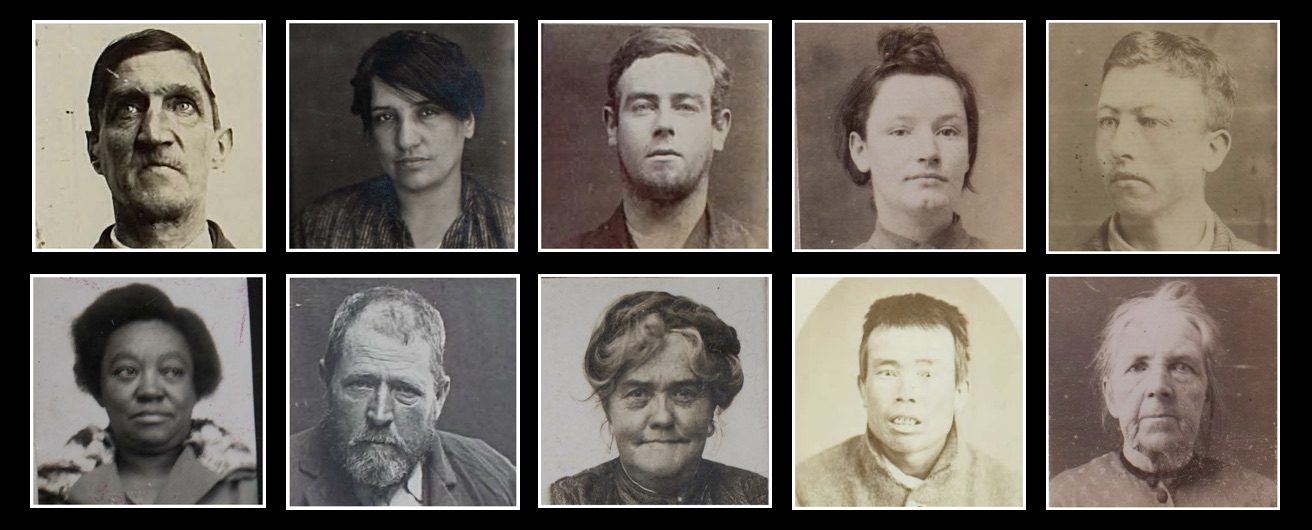Abandoning a child was the act of leaving, abandoning or exposing to the elements a child under two years of age, thereby endangering their health. Under section 23 of Victoria’s Criminal Law and Practice Statute 1864, the offence was liable to up to three years imprisonment. This penalty remained unchanged nearly a century later under section 25 of Victoria’s Crimes Act 1958. The offence is no longer a specific offence in Victoria today, being covered under more general child endangerment provisions.
Historically, this was an offence that was often compelled by the the social and economic pressures of unmarried motherhood. Nineteenth-century orphanages routinely refused to accept the children of single women, in the belief that doing so would encourage pre-marital sexual relations by relieving individuals of its consequences. Adoptions were less common and regulated than today. Nineteenth-century ‘adoptions’ usually involved single mothers paying either a flat sum or a weekly stipend to another woman for caring for their child. These carers themselves sometimes abandoned children if the monetary payments were stopped, or if they did not believe that the mothers would return for their children. One practice was for women to ‘abandon’ the child outside the home of the father in an effort to force them to take responsibility for its care.
An example of a prosecution for this offence in Fitzroy in 1888 is described here.
Further information:
Swain, Shurlee, and Renate Howe. Single Mothers and Their Children: Disposal, Punishment and Survival in Australia. Cambridge; Oakleigh: Cambridge University Press, 1995.
